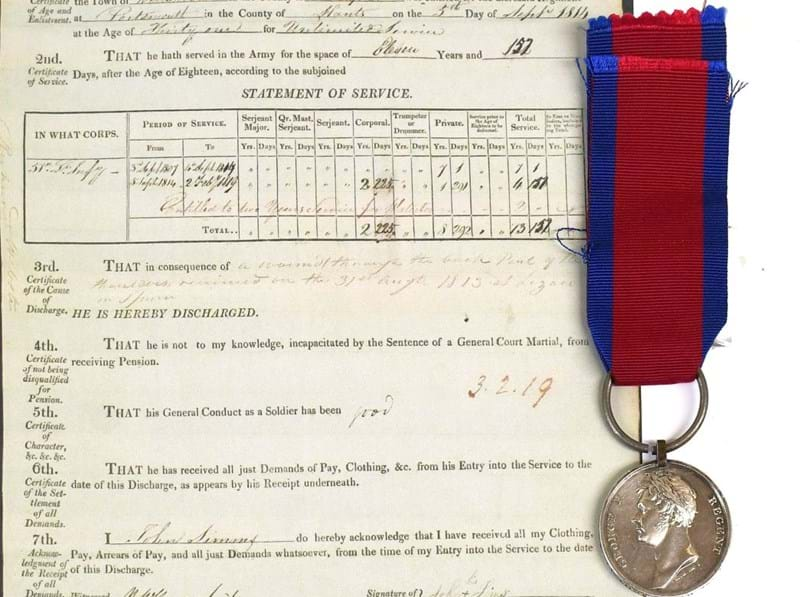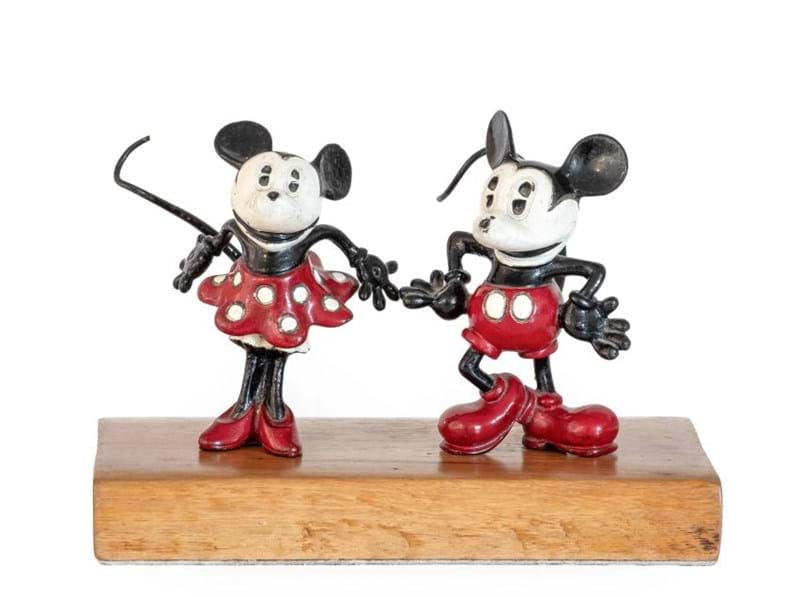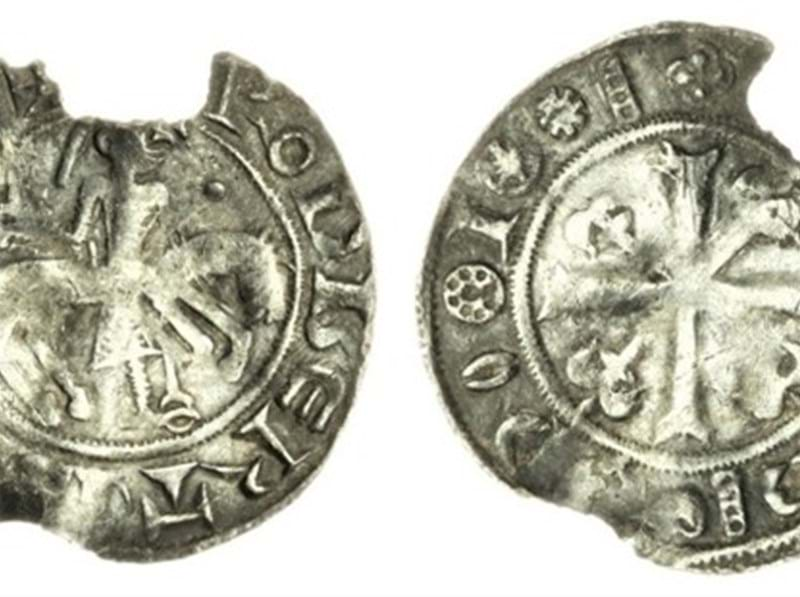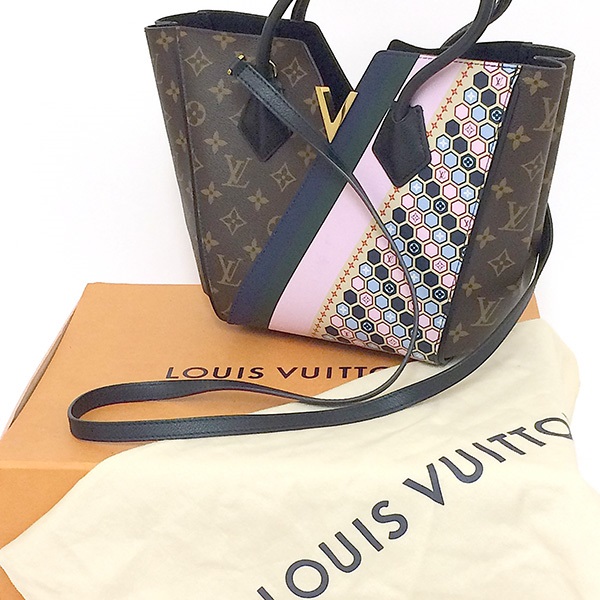Over the years, Tennants Auctioneers has seen strong prices for Newcastle Silver, and a good selection of pieces from the city are the be sold in the upcoming Fine Jewellery, Watches & Silver Sale on the 18th March. The lots are led by a finely crafted 1721 George II provincial silver teapot by Francis Batty is going under the hammer (estimate: £1,200-1,800 plus buyer’s premium). Francis Batty II was the son of Francis Batty (1653-1706) who was elected the first Assay Master of the Goldsmiths Company in Newcastle in 1702. Batty II was elected to the Company in 1702 by freedom of patrimony. He would later take on apprentices such as Robert Makepeace, and more famously Issac Cookson (1705-1754) who eventually worked in London under George Wickes. Upon hearing of his former master’s death, Cookson returned to Newcastle and purchased Batty’s shop, stock, and tools continuing the Batty legacy, and that of Newcastle’s silversmithing reputation.
Further notable lots include a Pair of George II Provincial Silver Mugs by John Langlands and John Goodrick, Newcastle, 1754 (estimate: £1,200-1,800), a George II Provincial Silver Two-Handled Cup by Isaac Cookson, Newcastle 1747 (estimate: £700-1,000), a Pair of George IV Provincial Silver Wine-Coasters By John Walton, Newcastle 1827 (estimate: £1,200-1,800), A George III Provincial Silver Tankard by John Langlands and John Robertson, Newcastle 1787 (estimate: £800-1,200), and a George III Provincial Silver Inkstand by William Stalker and John Mitchison, Newcastle 1782 (estimate: £600-800).
Newcastle has a long-established history of silversmithing dating from early medieval times. In 1157, Henry II established a mint in Newcastle; but it is uncertain whether silversmiths in Newcastle were called upon to help with the operation of this provincial mint, as was often practiced. Yet, as silversmithing increased in Newcastle, so did the silversmiths and by the 14th century, Newcastle goldsmiths and silversmiths joined the local plumbers, pewterers, glaziers, and painters to form an Associated Guild which received a Company charter in 1536. The earliest known piece of Newcastle silver from this period is a communion cup from Ilderton Parish Church in Northumberland. The cup is inscribed with the initials ‘VB’ for Valentine Baker and engraved ‘1583’, Baker having been a member of the Company since 1560. However, it was in the 17th century that saw Newcastle’s silver trade formalised and flourish.
Following, William III’s Act of 1696 during the Great Recoinage, legislation was passed to raise the standard of wrought plate in coins above that of their sterling value, and in doing so, address the clipping of silver coins – a serious offence reducing the weight of a coin and undermining the country’s currency. This proved unsuccessful and meant that all silver now had to be assayed (tested for quality and ingredients) in London, hindering the provincial silversmiths. Combatting this, the Newcastle Assay Office was established in 1702 so that “an Assay-master may be appointed for assaying and marking wrought plate in the Said Town of Newcastle”. From 1702, Newcastle silversmiths had to register their private marks at the Newcastle Assay Office, and all their silver objects had to be assayed, and then marked with the Newcastle mark of three castles.
The Newcastle Assay Office eventually closed in 1884, having seen a prosperous silver trade in the city, particularly during the 18th century. Renowned Newcastle silversmiths include, Francis Batty, Ann Robertson, Isaac Cookson, James Crawford, and notably John Langlands of the Langlands family who for sixty years were the most prominent silversmiths in Newcastle.
Over the years, Tennants Auctioneers has seen strong prices for Newcastle Silver. Highlights of exceptional craftsmanship and historic merit include a 1747 pair of George II silver sauceboats by James Kirkup which sold for £7,400 (all figures excluding buyer’s premium), a 1690-5 William & Mary silver Trefid Spoon by Eli Bilton (sold for £4,400), an 1808 George III silver basket by Ann Robinson (sold for £2,900), and a 1757-8 George II Silver Tankard, John Langlands I (sold for £2,300). The breadth of items that appears in Tennants’ Silver sales narrates the rich silversmithing history of the city.
View Sale





















